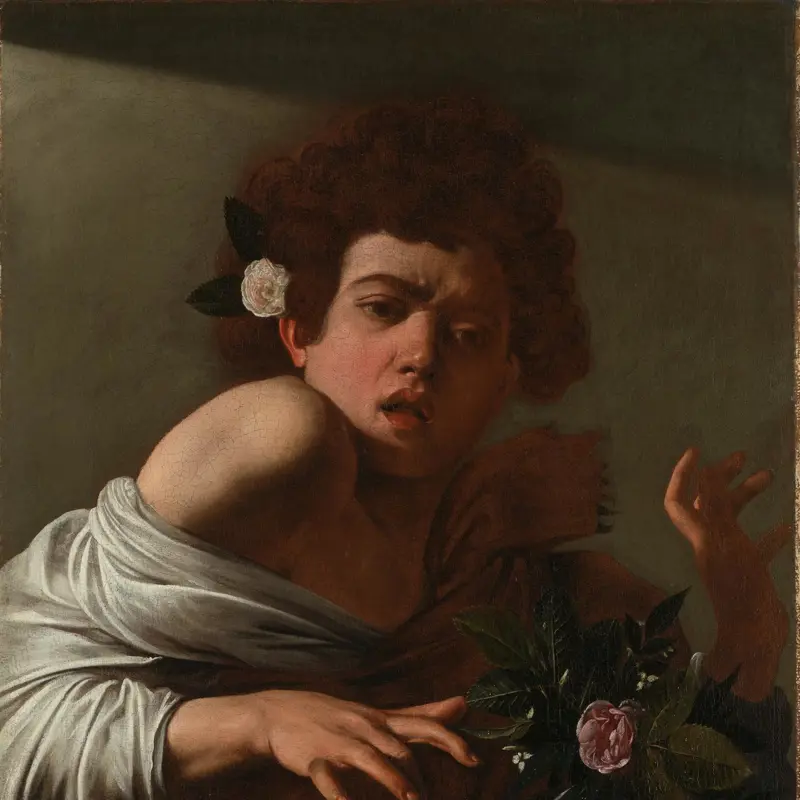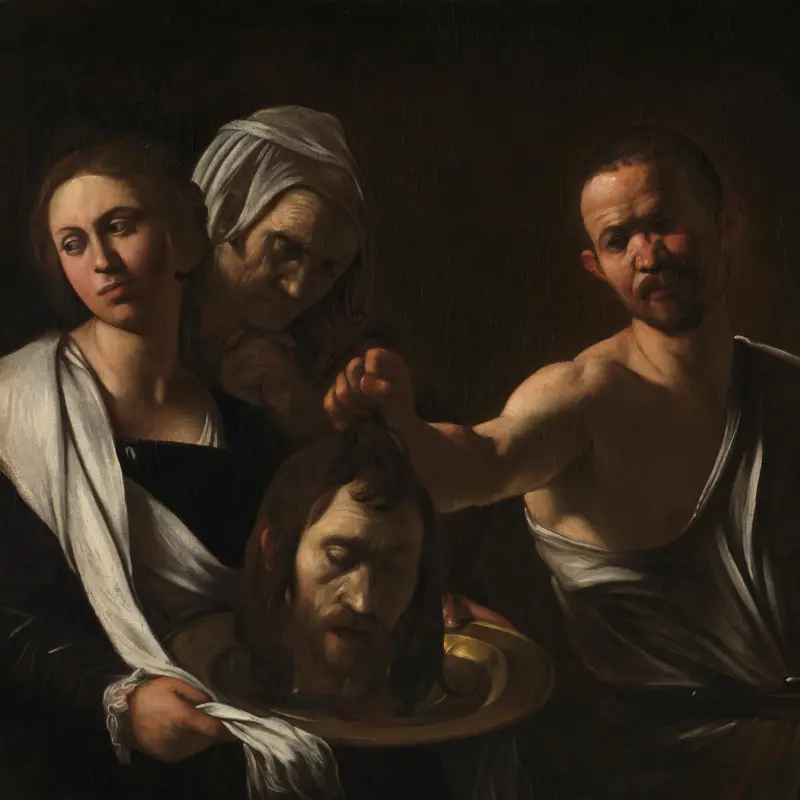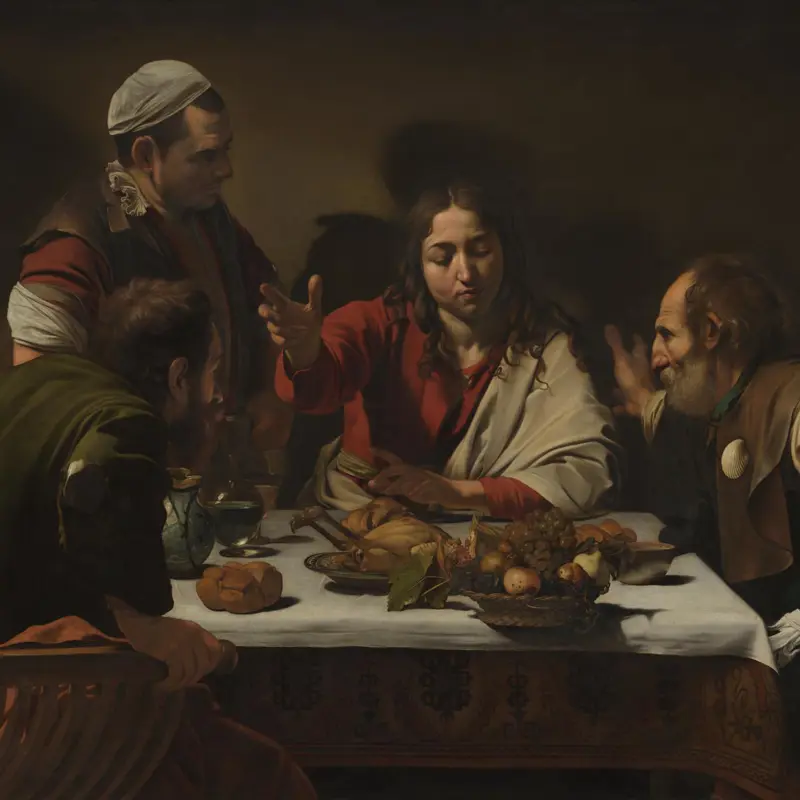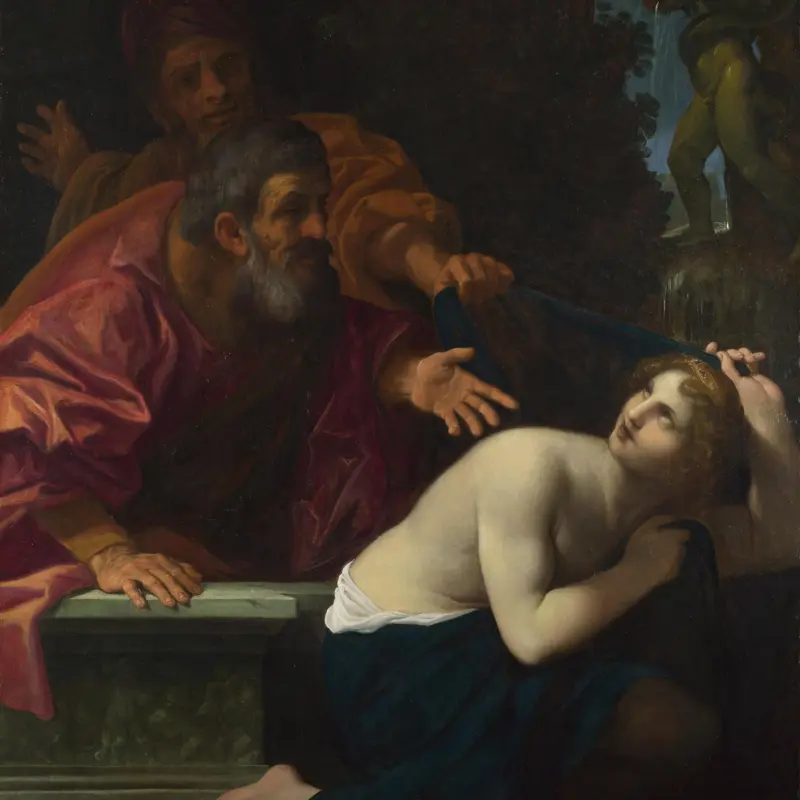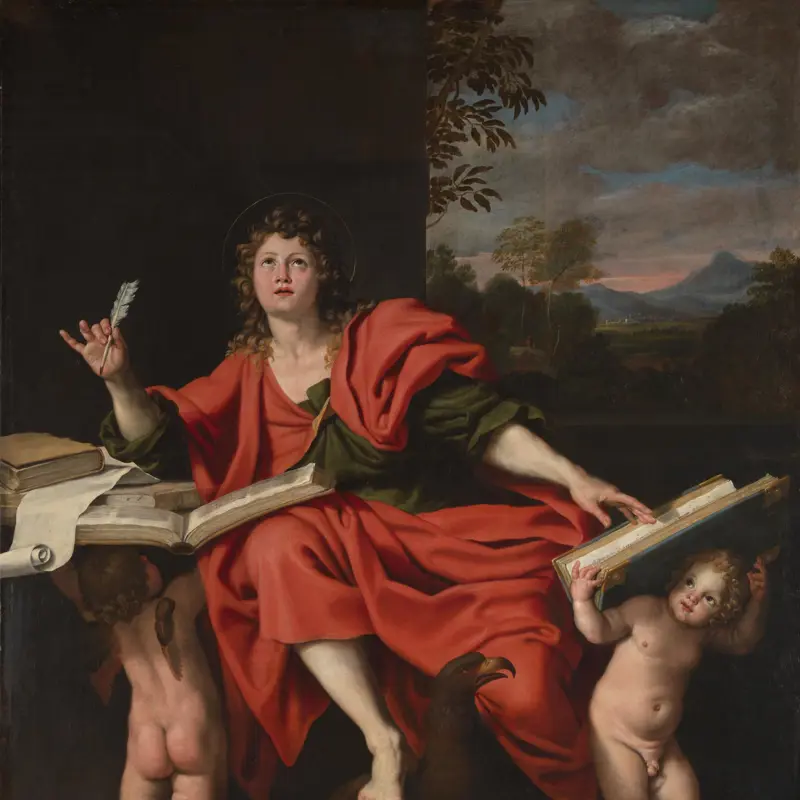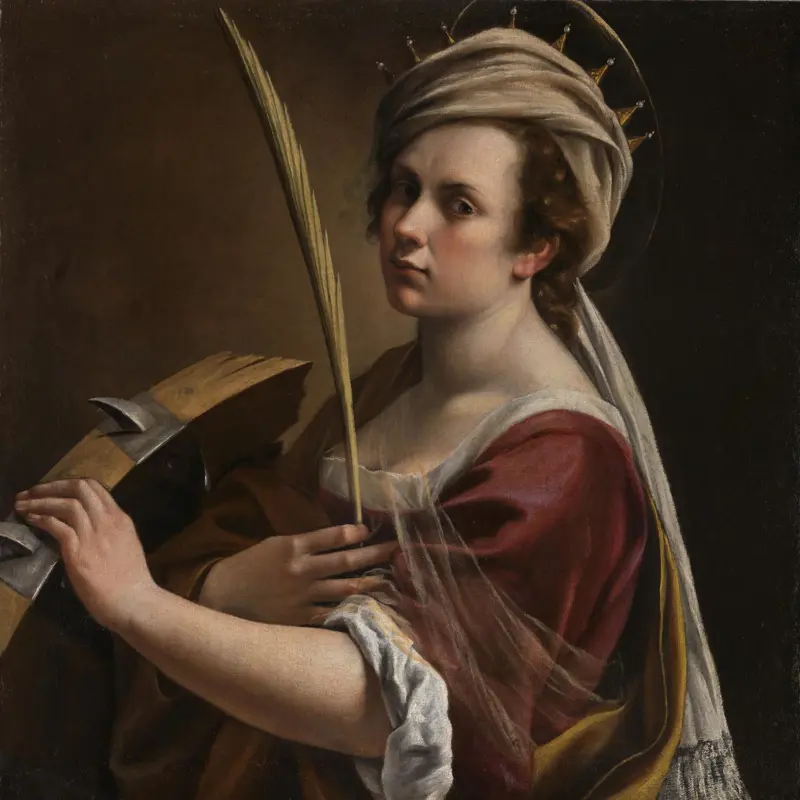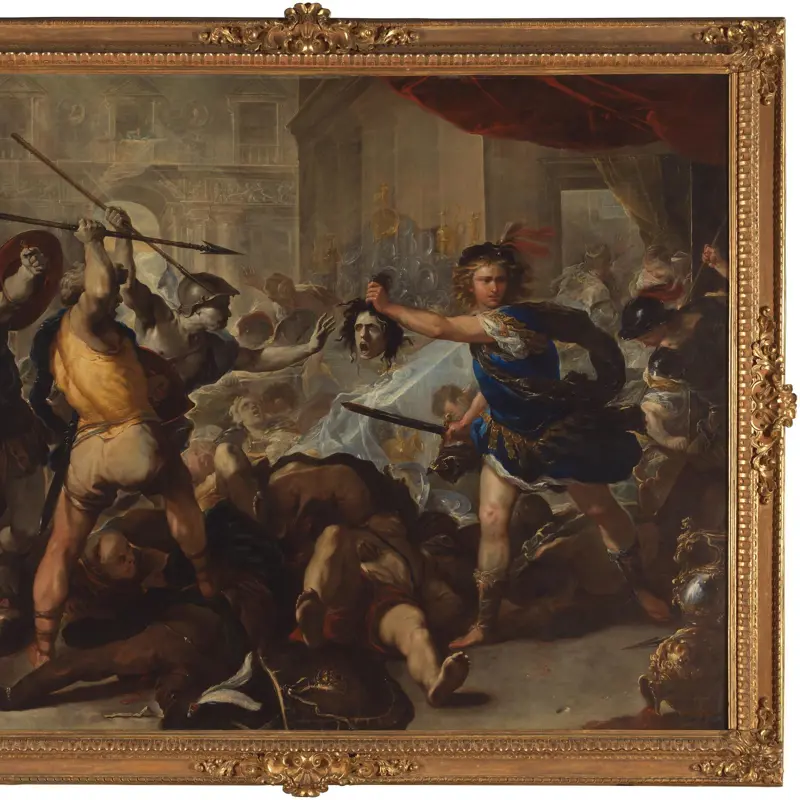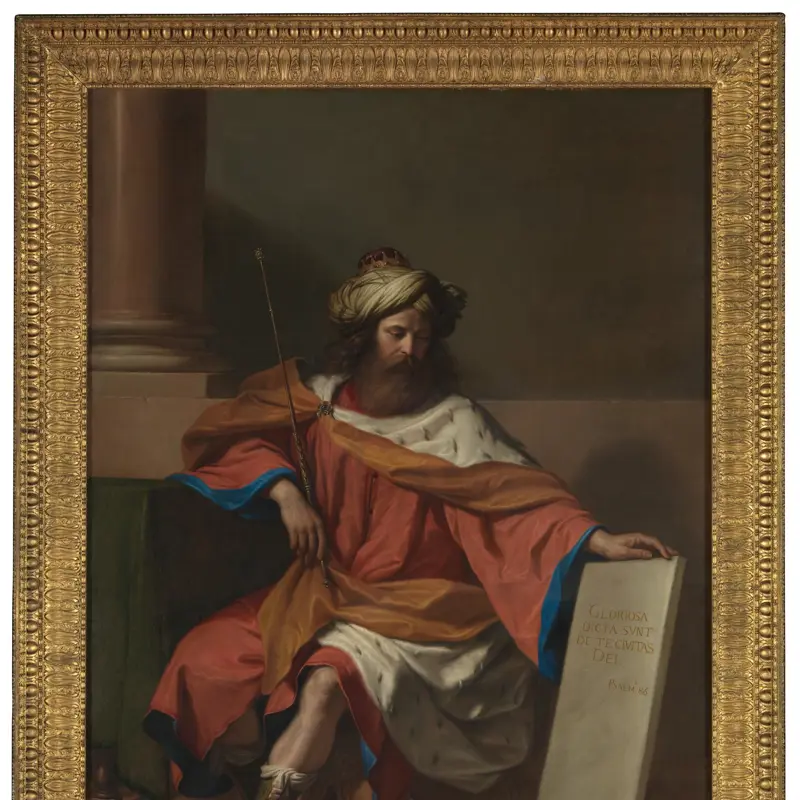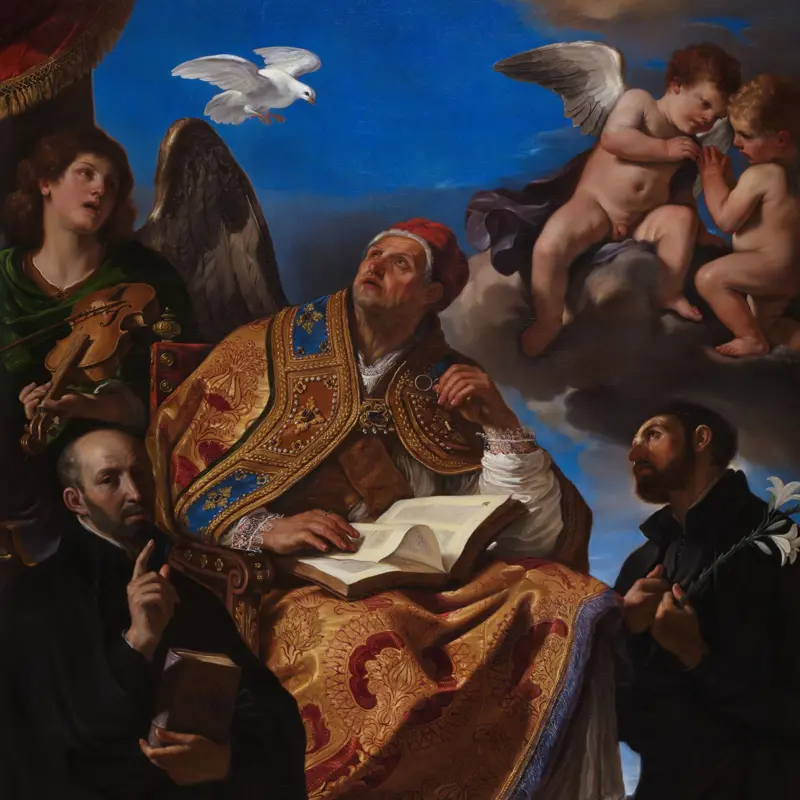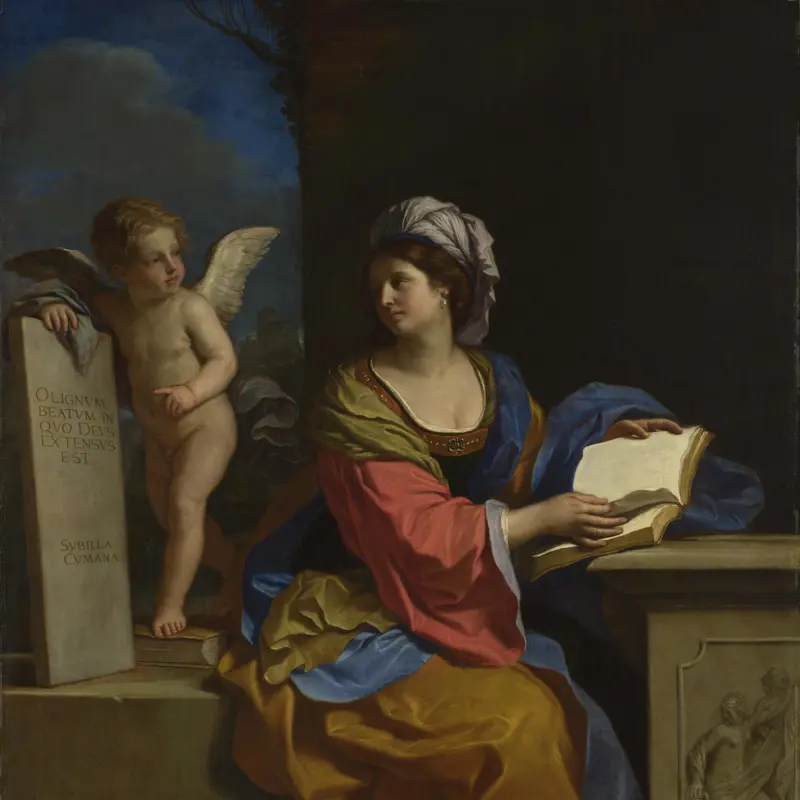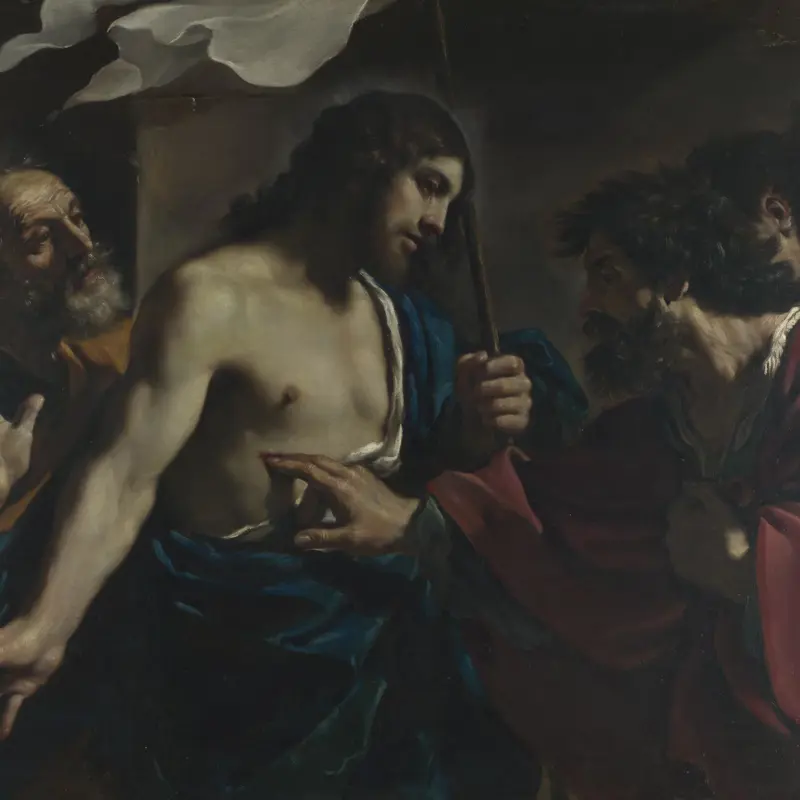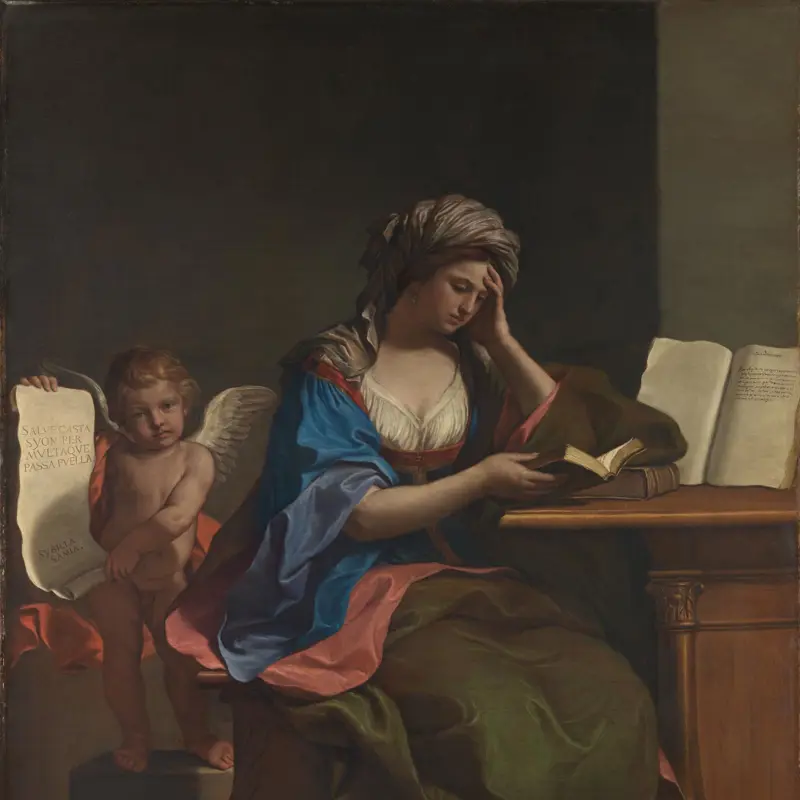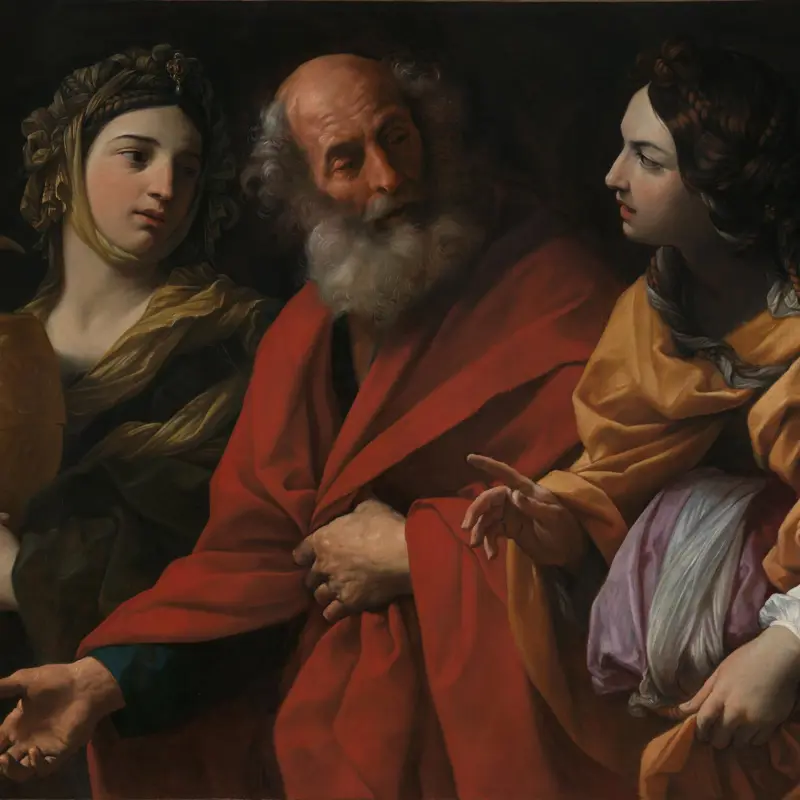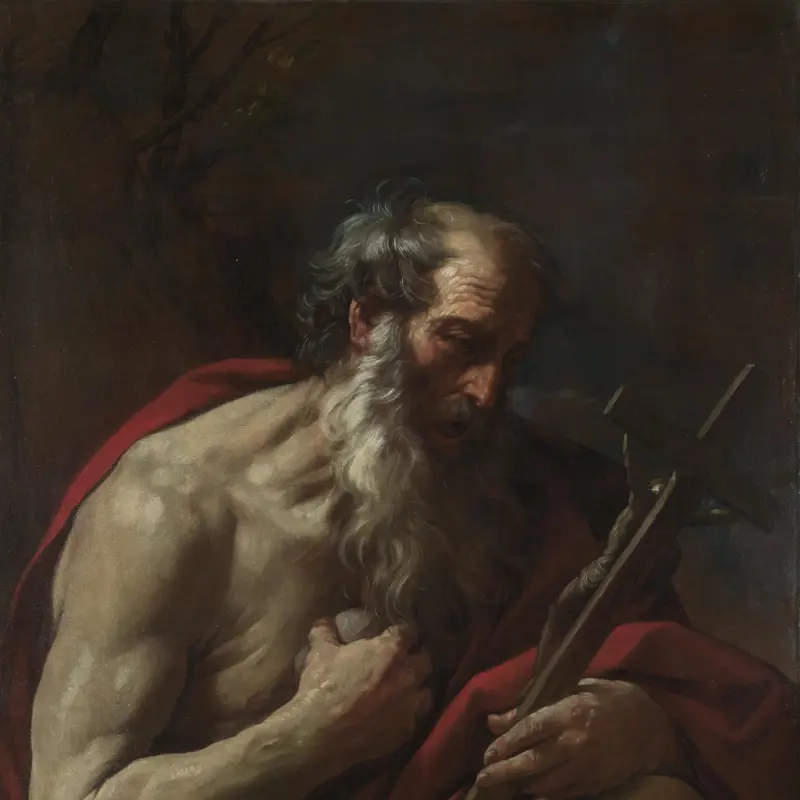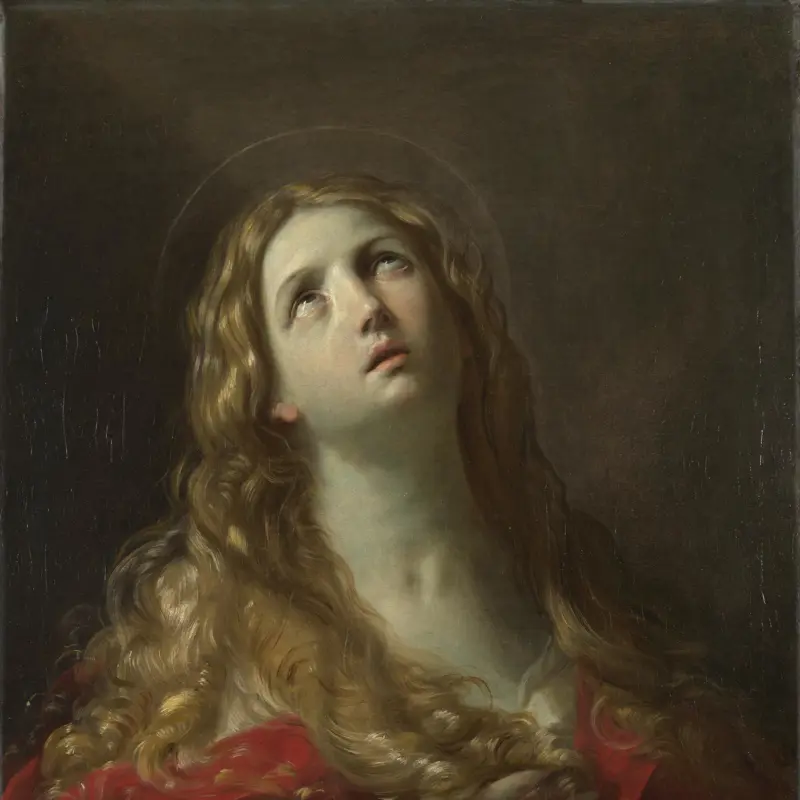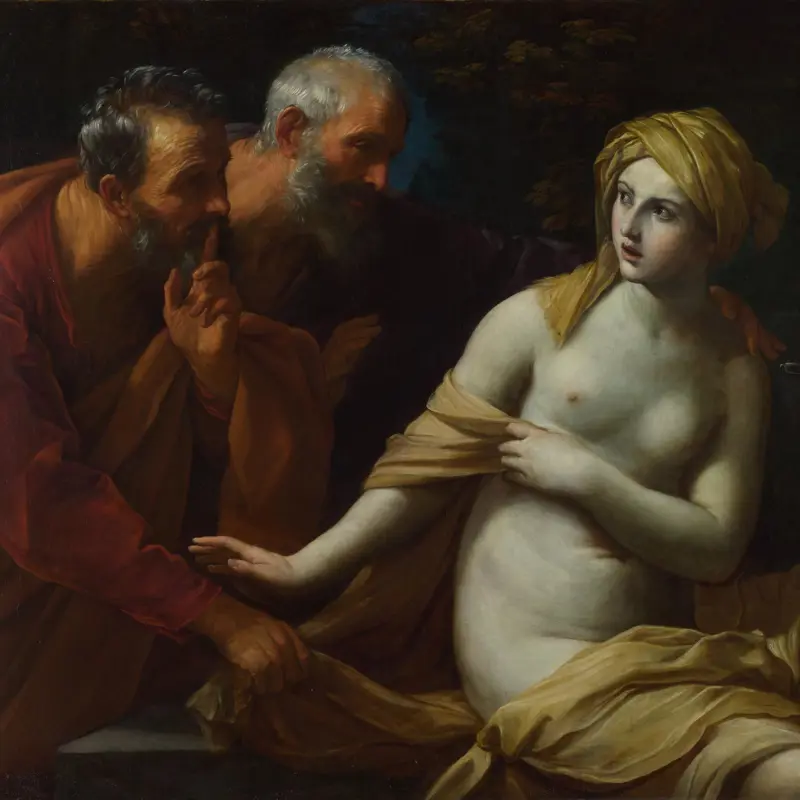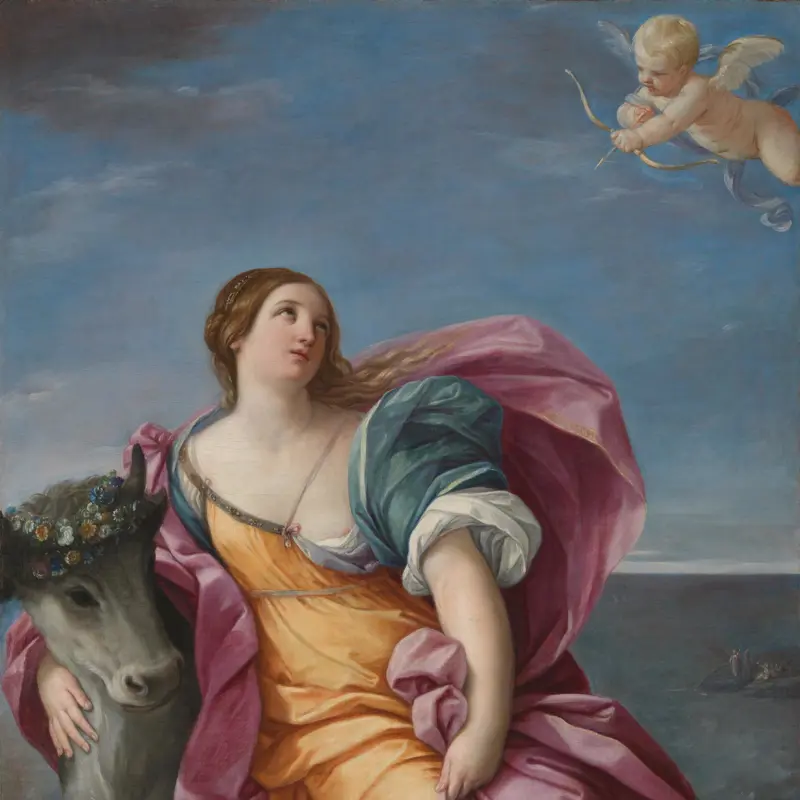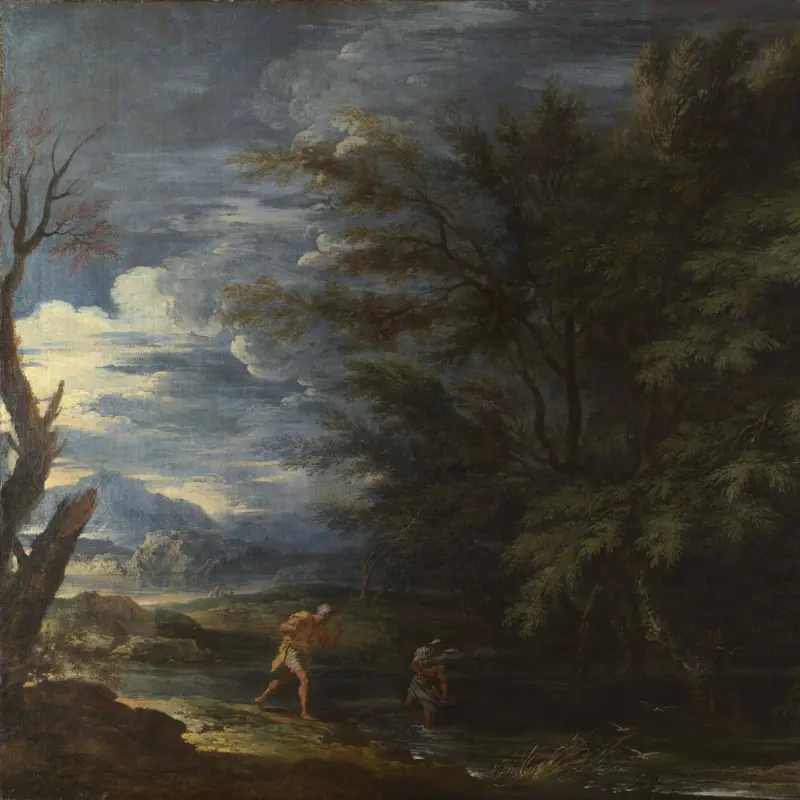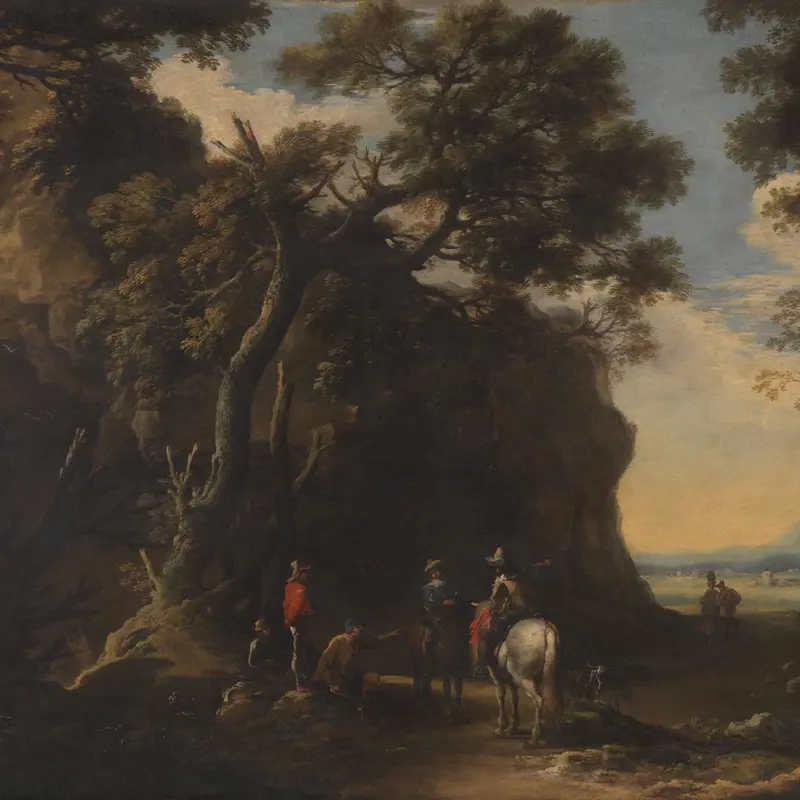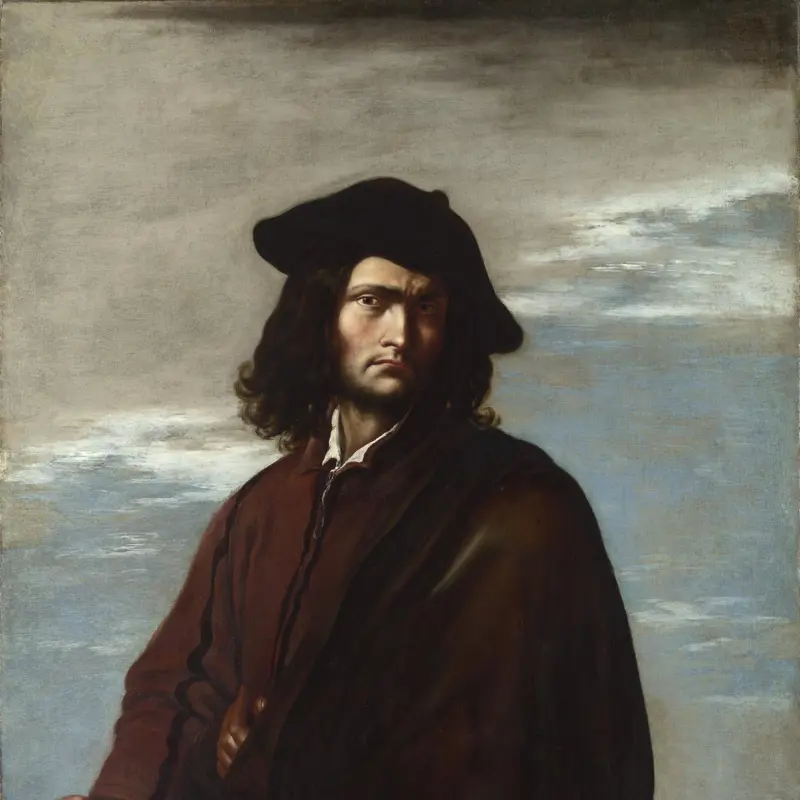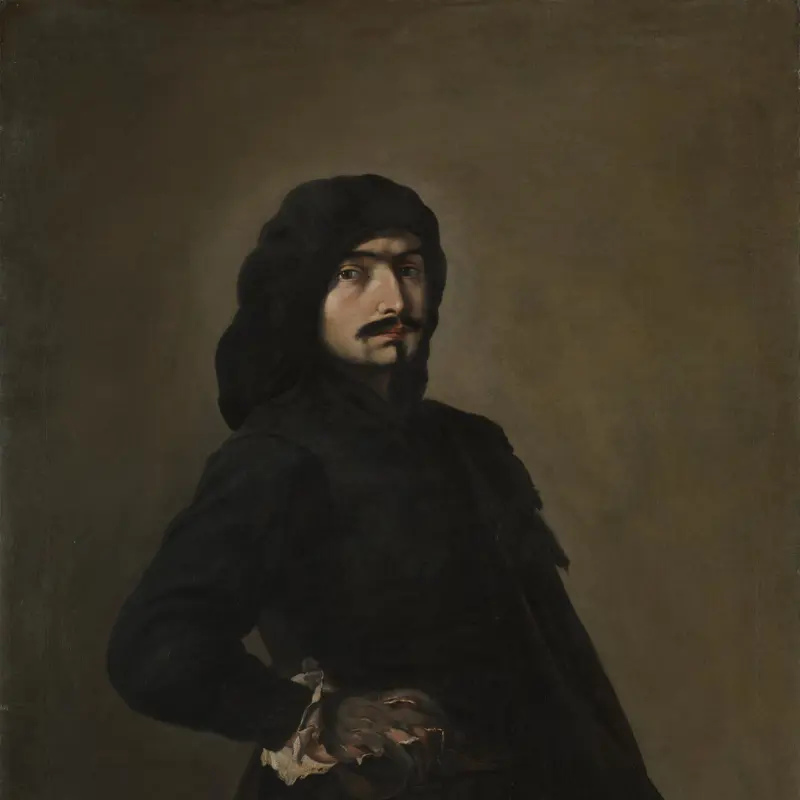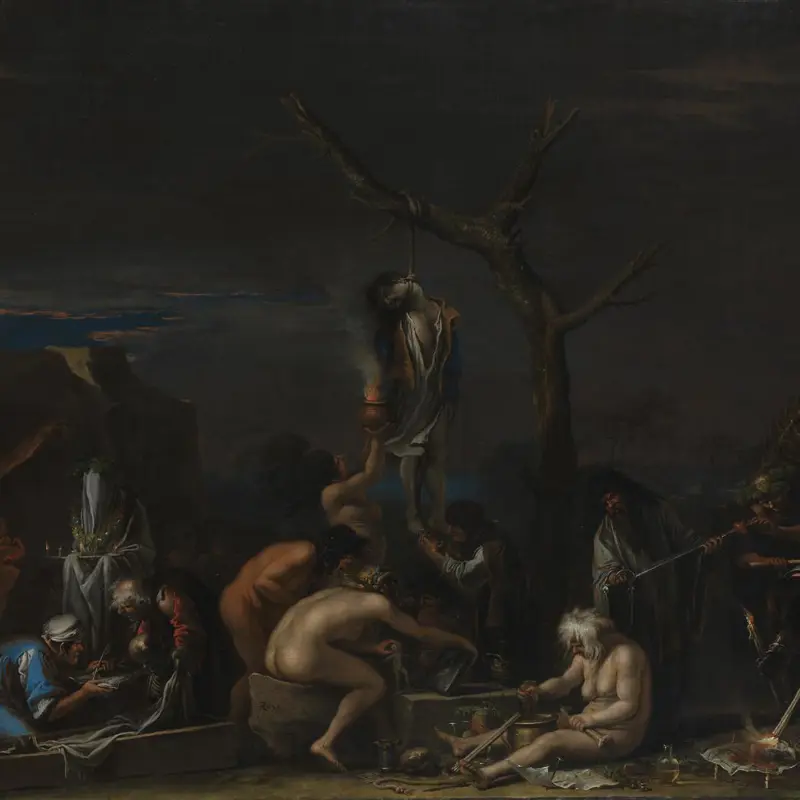Baroque art was born in Italy. Its name may derive from a Portuguese word meaning ‘uneven pearl’. It has come to symbolise paintings with dynamic compositions, dramatic lighting, vivid colour and intense emotions.
Two different styles of painting emerged in Italy during this period. In Bologna, the Carracci family produced paintings that were elegant and idealised, taking inspiration from classical works of art. Their academy trained many of the artists whose pictures hang in this room, such as Guido Reni and Domenichino.
Meanwhile, on the gritty and violent streets of Rome, the young Caravaggio provoked an artistic revolution. Painting real people with ripped clothes and dirty fingernails, his intense naturalism was powerful and immediate. It inspired artists across Europe.
Twenty-five paintings from the collection of the distinguished art historian Sir Denis Mahon (1910–2011) were presented to the National Gallery through the Art Fund in 2013. This bequest greatly enhanced the breadth and quality of the Gallery’s Italian Baroque collection.



